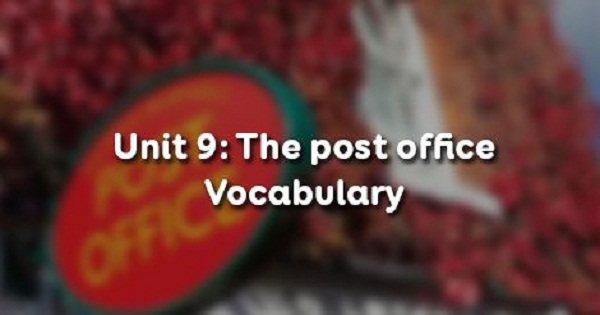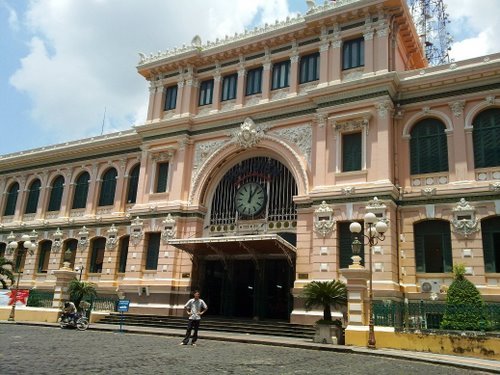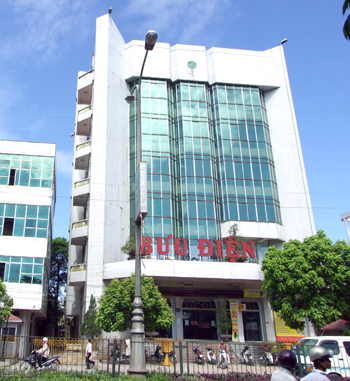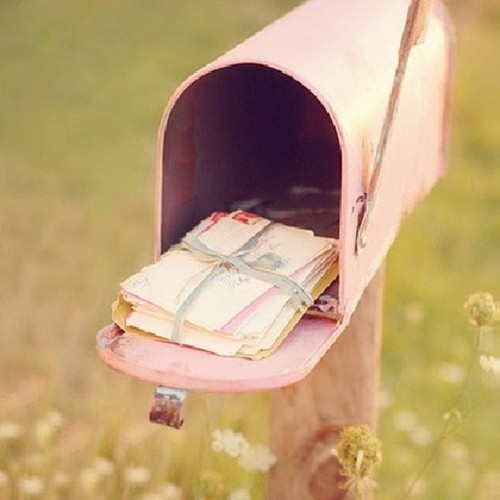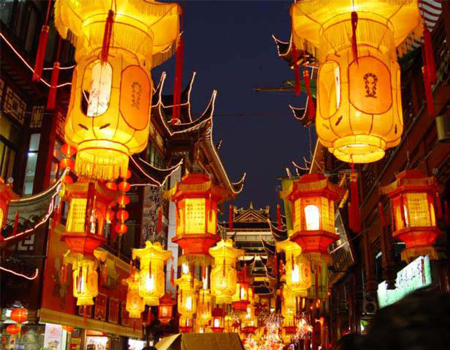
Reading - Unit 8 trang 90 tiếng Anh 11
Look at the picture and discuss the questions. (Làm việc theo cặp. Hãy nhìn hình và thảo luận các câu hỏi sau.)
- Bài học cùng chủ đề:
- Speaking - Unit 8 trang 93 tiếng Anh 11
- Listening - Unit 8 trang 94 tiếng Anh 11
- Writing - Unit 8 trang 96 tiếng Anh 11
- Ngữ pháp tiếng anh hay nhất
READING
Before you read
Work in pairs. Look at the picture and discuss the questions. (Làm việc theo cặp. Hãy nhìn hình và thảo luận các câu hỏi sau.)

1. What time of the year is it?
(Đây là thời điểm nào trong năm?)
2. What are the people in the picture doing?
(Những người trong hình đang làm gì?)
3. What else do you see in the picture?
(Bạn còn thấy gì khác trong hình?)
Answer
1. It is Lunar New Year.
2. They exchange New Year's wishes, give and receive lucky money.
3. I can see apricot flowers on the left and a kumquat tree on the right of the picture.
Work in pairs. Tell your partner which of these activities you enjoy doing most at Tel. Are there any other things you like doing? (Làm việc theo cặp. Kể cho nhau nghe hoạt động nào sau đây bạn thích nhất trong dịp Tết. Bạn còn thích hoạt động nào khác nữa không?)
a. making banh chung. (gói bánh chưng)
b. decorating the house (trang trí nhà cửa)
c. eating special Tet foods (ăn các món đặc biệt của ngày Tết)
d. going to the flower market (đi chợ hoa)
e. going to the pagoda (đi chùa)
f. watching fireworks (xem bắn pháo hoa)
g. receiving "lucky money" (nhận tiền mừng tuổi)
h. visiting relatives and friends (thăm họ hàng và bạn bè)
While you read
Read the text about Tet in Vietnam, and then do the tasks that follow. (Đọc bài khóa sau đây viết về Tết ở Việt Nam và làm các bài tập theo sau.)
Click tại đây để nghe:
Read the text about Tet in Vietnam, and then do the tasks that follow.
Lunar New Year, or Tet, is Vietnam's main holiday. It is the grandest and most important occasion in the year which falls sometime between 19th January and 20'1' February on the Western calendar. Tct marks the beginning of spring and, for agrarian people, the start of a new year.
Tet’s preparations and celebrations used to be spread over months, but nowadays the holiday is much shorter. A great deal of excitement still builds up well before Tet. however. Streets are decorated with coloured lights and red banners. Shops are full of goods. People arc busy buying gifts, cleaning and decorating their houses and cooking traditional foods.
Homes are often decorated with plants and flowers at this time. Peach blossom is traditional at Tet in the North while apricot blossom is traditional in the South. The kumquat tree with its ripe deep orange fruits is popular throughout the country. One of Tet’s most special foods is banh chung, which is made from sticky rice, green beans and fatty pork. Mut, which is candied fruit such as sugared apples, plums or tomatoes, is also popular.
On the days of Tet everyone tries to be nice and polite to each other. People believe that what they do on the first day of the year will influence their luck during the whole year. Thus, only positive comments should be made. People visit other family members or friends, and they exchange New Year's wishes. Children receive their “lucky money" inside red envelopes. Many people go to pagoda to pray for a happy year for themselves and their family. Both children and adults take part in games and various forms of entertainment. Tet is really a time of fun and festivals throughout the country.
Dịch bài:
Tết Nguyên Đán, hay Tết, là ngày nghỉ chính của Việt Nam. Đó là dịp trọng đại nhất trong năm rơi vào khoảng giữa 19 tháng 1 và 20 tháng 2 dương lịch. Tết đánh dấu sự bắt đầu của mùa xuân, và đối với nhà nông là sự khởi đầu một năm mới.
Việc chuẩn bị và tổ chức lễ trước đây đã từng kéo dài hàng tháng nhưng ngày nay ngày nghỉ ngắn hơn nhiều. Tuy nhiên, cũng có sự nhộn nhịp trước khi Tết. Đường phố được trang trí đèn màu và các băng-rôn đỏ. Các cửa hàng thì đầy ắp hàng hóa. Mọi người bận rộn mua quà, quét dọn, trang trí nhà cửa và nấu các món ăn truyền thống.
Vào dịp này, người ta thường trang trí nhà cửa với các loại cây và hoa. Các loại hoa truyền thống trong ngày Tết là hoa đào ở miền Bắc và hoa mai ở miền Nam. Ngoài ra, cây quất mang trái chín có màu vàng cam sậm cũng rất phổ biến trên khắp cả nước. Một trong những thức ăn đặc biệt nhất của ngày Tết là bánh chưng, loại bánh được làm từ nếp, một loại đậu xanh có hạt vàng và thịt lợn mỡ. Mứt là loại trái cây tẩm đường như táo, mận, và ngay cả cà chua tẩm đường, cũng rất được ưa chuộng.
Vào những ngày Tết đầu tiên, mọi người cố gắng tử tế và lịch sự với những người khác. Người ta tin rằng những điều mà họ làm vào ngày đầu tiên trong năm sẽ ảnh hưởng đến vận may rủi của họ trong suốt cả năm. Người ta chỉ dành những lời lẽ tốt đẹp cho nhau. Mọi người thăm hỏi các thành viên khác trong gia đình hoặc bạn bè và chúc nhau lời chúc năm mới. Trẻ em nhận tiền mừng tuổi đựng trong bao màu đỏ. Nhiều người đi chùa để cầu phúc cho mình và cho gia đình mình. Tết thật sự là thời gian vui chơi và lễ hội trên khắp cả nước.
Task 1. Kind what the following words mean in the text (Use a dictionary if necessary.) (Tìm các từ sau đây có nghĩa gì trong bài đọc. Dùng từ điển khi cần thiết)
Answer
1. grand: to lớn, hoành tráng
2. agrarian: thuộc về nông nghiệp
3. banner: băng rôn, khẩu hiệu
4. pray: cầu nguyện
5. sugared apples: táo tẩm đường
6. excitement: sự nô nức, nhộn nhịp
Task 2. Decide whether the statements are True (T) or False (F). (Quyết định cúc câu sau đúng hay sai.)
1. Tet is always on 20th February on the Western calendar
(Tết luôn rơi vào ngày 20 tháng 2 dương lịch.)
2. According to the text, for people anywhere in the world the beginning of spring is the start of a new year.
(Theo bài khóa, đối với người dân ở bất kì nơi đâu trên thế giới, bắt đầu mùa xuân là sự khởi đầu một năm mới.)
3. Tet used to be longer than it is nowadays.
(Tết trước đây đã từng kéo dài hơn ngày nay.)
4. According to the text, “lucky money’5 is given to everyone at Tet
(Theo bài khóa, tiền lì xì được tặng cho mọi người vào dịp Tết.)
5. Kumquat trees are popular both in the North and in the South of Vietnam.
(Cây quất phổ biến ở cả hai miền Nam và Bắc Việt Nam.)
6. People try to be nice and polite to each other because they want to have good luck on New Year’s Day.
(Mọi người cố gắng tử tế và lịch sự với người khác vì họ muốn được may mắn vào ngày Tết.)
Answer
1. F
→ It falls sometime between 19 January and 20 February on the Western calendar.
2. F
→ The beginning of spring is the start of a new year for agarian people.
3. T
4. F
→ Only children receive lucky money.
5. T
6. F
→ They want to have good luck during the whole year.
Task 3. Answer the following questions. (Trả lời các câu hỏi sau.)
1. When is Tet holiday in Vietnam?
(Ngày Tết ở Việt Nam diễn ra khi nào?)
2. How long did Tet preparations and celebrations last in the past?
(Trước đây, những việc chuẩn bị và tổ chức lễ Tết kéo dài bao lâu?)
3. What do Streets look like before Tet?
(Đường phố trông như thế nào trước ngày Tết?)
4. What do people often do to prepare for Tet?
(Người ta thường làm gì để chuẩn bị Tết?)
5. What is banh chung made from?
(Bánh chưng được làm từ nguyên liệu gì?)
6. What is "mut”?
(Mứt là gì?)
7. What are some popular activities at Tet?
(Một số hoạt động phổ biến trong ngày Tết là gì?)
Answer
1. It's sometime between 19 January and 20 February on the Western calendar.
2. They lasted for months.
3. Streets are decorated with colored lights and banners.
4. They buy gifts, clean and decorate their houses and cook traditional foods.
5. It is made from sticky rice.
6. It is candied fruit.
7. Visiting friends and other family members, exchanging wishes, going to the pagoda, playing games, etc.
After you read
Work in groups. Tell each other about your last Tet holiday, focusing on the following main points: (Làm việc theo nhóm. Kể cho nhau nghe về ngày nghỉ Tết năm trước của bạn tập trung các điểm chính sau đây.)
- how you prepared for (Bạn đã chuẩn bị Tết như thế nào)
- how you decorated your house (Bạn trang trí nhà của như thế nào)
- who you visited (Bern dã thủm hói cà)
- what special foods you ate (Thức ân đặc biệt mà bạn đa cìimg)
- what activities you enjoyed doing most during Tet (Các hoạt động bạn thích nhất trong ngày Tết)
dayhoctot.com
- Unit 1: friendship - tình bạn
- Unit 2: personnal experiences - kinh nghiệm cá nhân
- Unit 3: a party - một bữa tiệc
- Unit 4: volunteer work - công việc tình nguyện
- Unit 5: illiteracy - nạn mù chữ
- Unit 6: competitions - những cuộc thi
- Unit 7: world population - dân số thế giới
- Unit 8: celebrations - lễ kỉ niệm
- Unit 9: the post office - bưu điện
- Unit 10: nature in danger - thiên nhiên đang lâm nguy
- Unit 11: sources of energy - các nguồn năng lượng
- Unit 12: the asian games - đại hội thể thao châu á
- Unit 13: hobbies - sở thích
- Unit 14 : recreation - sự giải trí
- Unit 15: space conquest - cuộc chinh phục không gian
- Unit 16: the wonders of the world - các kì quan của thế giới
- Tổng hợp từ vựng lớp 11 (vocabulary) - tất cả các unit sgk tiếng anh 11
